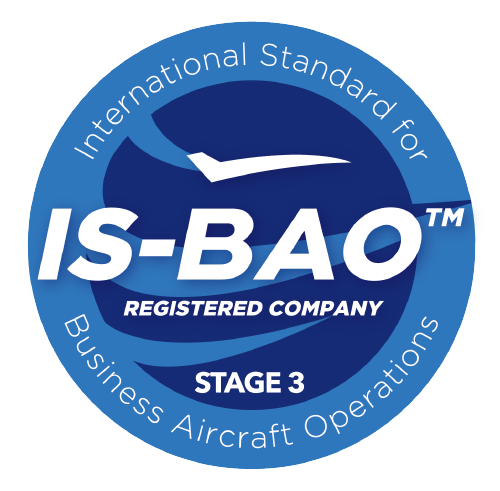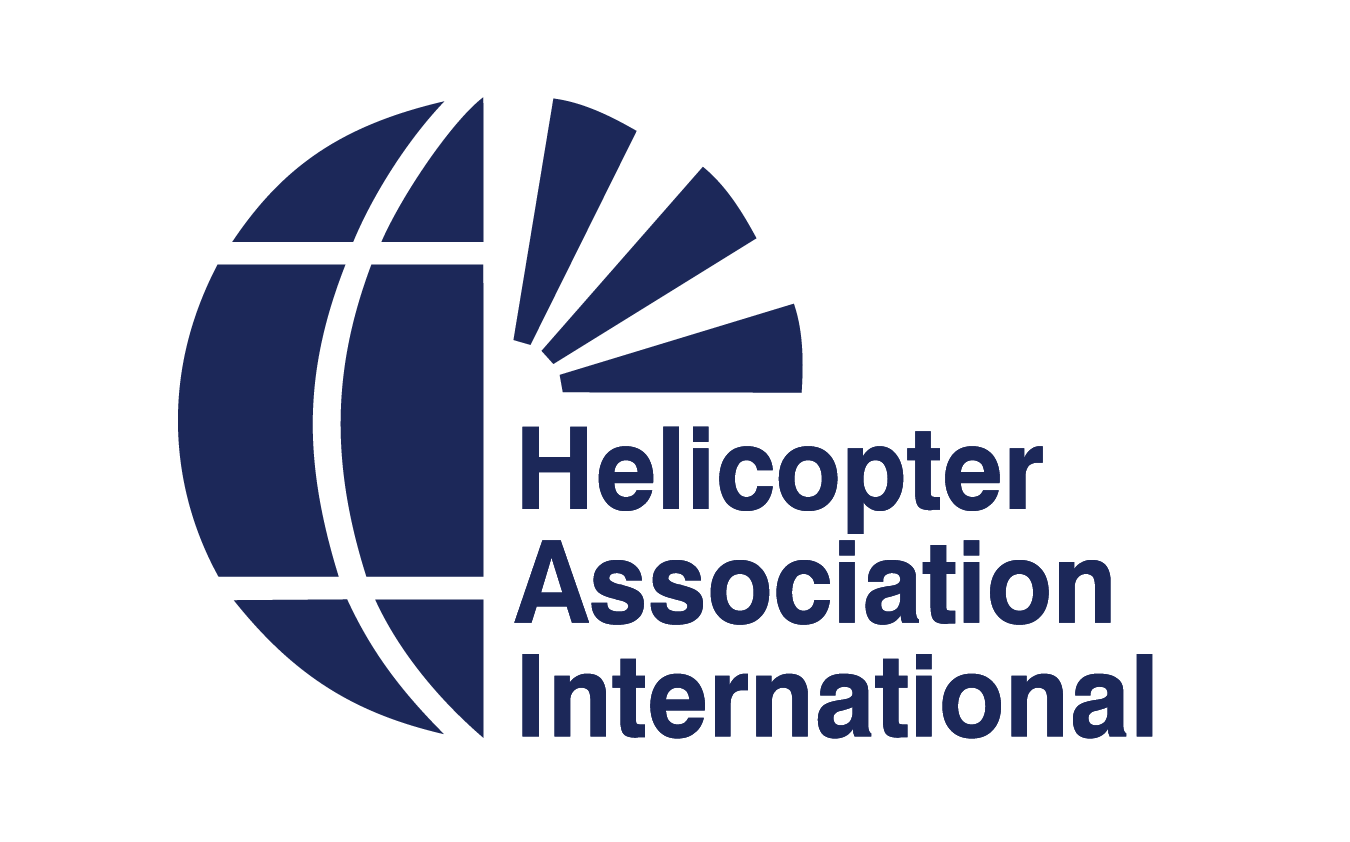BUILDING A SAFETY CULTURE
The ultimate goal in implementing IS-BAO is to build a culture that continuously strives for a better, safer way of operating by identifying areas where better risk management will improve safety. Conformity to IS-BAO raises the confidence of operations personnel, customers, and insurance carriers, and demonstrates the company’s commitment to operational excellence.
IS-BAO WORKS FOR ALL OPERATORS
IS-BAO is based on the ICAO Standards and Recommended Practices (SARPs) and prepares operators for both domestic and international operations. Performance-based, IS-BAO is scalable to the small operator with just one aircraft conducting domestic operations, or to a fleet of aircraft involved in intercontinental operations.
Helicopter operators also benefit from IS-BAO implementation and it has been compatible with rotary-wing operations since 2012. The Helicopter Association International (HAI) and International Helicopter Safety Team promote the IS-BAO Programme and support IBAC.
IS-BAO does not dictate the method to be used to achieve conformity, rather it guides the process and allows each organization the freedom to realize its own best practice for most operational and technical concerns.
To assist operators with their IS-BAO implementation, the system includes an Implementation Guide, several generic company operations manuals (GCOM) available for free through AviationManuals, an IS-BAO Preferred Provider, and the SMS tool kit. In addition, IS-BAO recognized Programme Support Affiliates (PSA) are available to assist operators with Standard implementation.
IS-BAO STAGES
 The IS-BAO auditing process concentrates on SMS development through a gradual process of advancing maturity:
The IS-BAO auditing process concentrates on SMS development through a gradual process of advancing maturity:
STAGE 1
-Indicates that an organization has established and documented its SMS framework, laying the foundation for implementing safety procedures and protocols.
-Demonstrates commitment to aligning with the industry’s best practices and standards and integrating safety into daily operations.
STAGE 2
-Demonstrates the organization's SMS is fully operational and integrated into daily activities, showing a proactive approach to safety management.
-Reflects ongoing efforts to enhance safety and efficiency, with regular audits and performance reviews to ensure the SMS's effectiveness.
STAGE 3
-The highest level of SMS maturity, where safety management is fully integrated into the organization’s culture, with all personnel actively engaged in safety practices.
-Emphasizes a proven track record of continuous safety improvements, with robust data collection, performance monitoring, and a commitment to exceeding regulatory requirements.
A DYNAMIC STANDARD
The IS-BAO is updated as needed to reflect safety developments in business aviation operations and technology around the world. The IS-BAO Standards Board, comprised of volunteer industry operators and experts, reviews the standard for improvement and ensures that the document continues to be a dynamic tool appropriate to business aviation.
EFFICIENCY
IS-BAO registered operators also experience improved operational efficiencies as well as access to preferred rates from leading insurance carriers such as Global and USAIG
BENEFITS
The benefits of this voluntary standard go well beyond its global recognition as the benchmark for safety and efficiency in business aircraft operations. Hundreds of operators on all continents around the world have adopted IS-BAO as the definitive standard for flight operations. Learn more about the Benefits of IS-BAO
